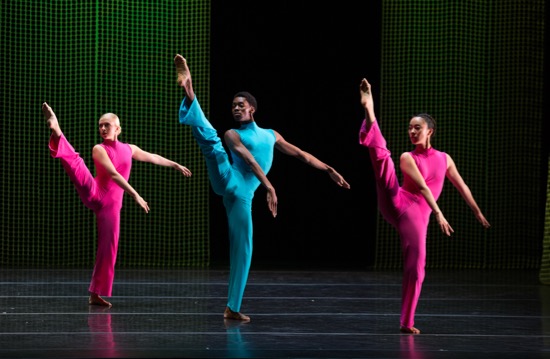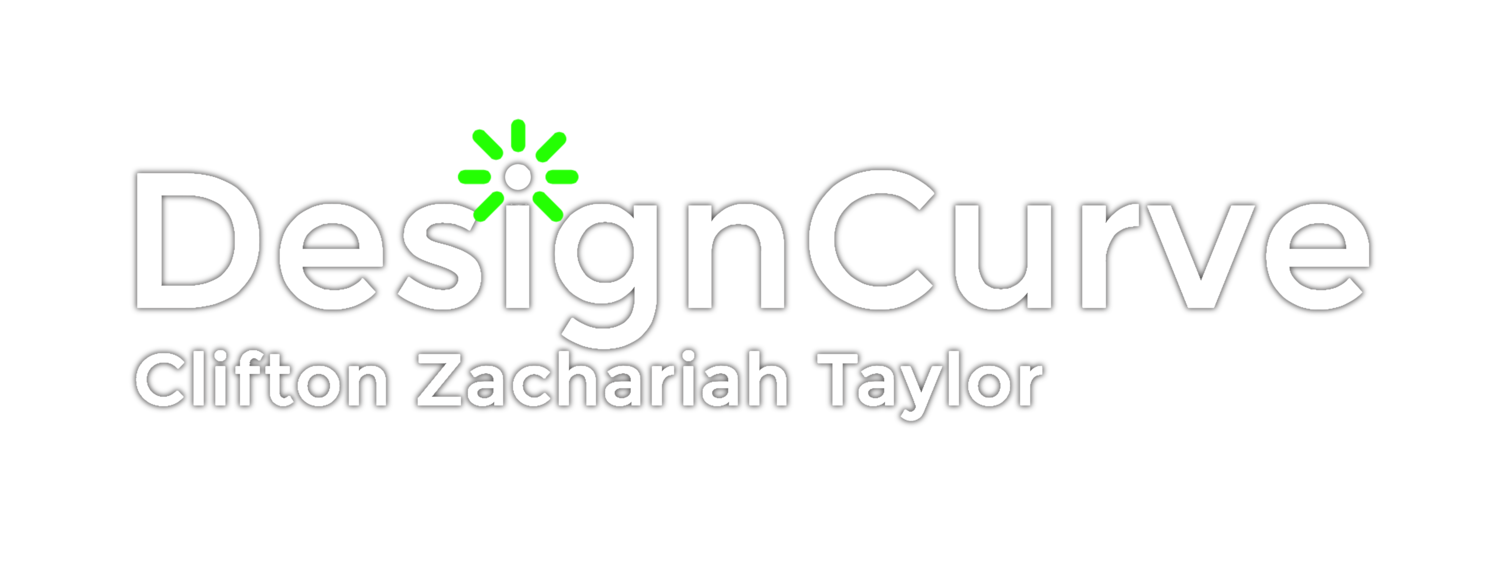Dance: The Juilliard School: Pam Tanowitz

thunder rolling along afterward
Choreographed by Pam Tanowitz
for the Juilliard School New Dances Edition 2016
Scenery and Lighting by Clifton Taylor
Costumes by Fritz Masten
Selected Press Coverage:
The New York Times / Siobhan Burke, December 8, 2016:
The concert challenges professional choreographers as much as it does dancers-in-training, requiring each to work with a large ensemble of roughly two dozen students. It was Ms. Tanowitz, with her piece for the juniors, “thunder rolling along afterward,” who rose most stunningly to that task, with a strange, searing and thoroughly modern ballet that, I hope, will have a life beyond this weekend. (Her 2011 work for a different crop of Juilliard students, “Fortune,” was revived at Fall for Dance in 2012.)
“Thunder” gains much of its urgency from Clifton Taylor’s set design, neon- green mesh panels that hang on all sides of the stage, including, at first, the front. The opening image — of a group of women teeming in the space enclosed by those partial walls — startles in its suggestion of a secret, perhaps captive, society. (The men, less central on Wednesday, perform the lead roles on alternate nights.) As she’s known to do, Ms. Tanowitz pushes these dancers to the brink of what’s possible, assembling devilishly difficult steps that keep us — and them, it seems — in a state of curiosity and suspense.
Her music — Andrew Norman’s “The Companion Guide to Rome,” played live by Juilliard musicians — was also the night’s most unorthodox in its use of grinding strings and spells of silence.
Arts Journal by Deborah Jowitt, December 10, 2016
By their third year, Juilliard dancers should have a pretty good idea of what’s out there in the New York dance world and beyond. I doubt they went away from their first rehearsals for Pam Tanowitz’s thunder rolling along afterward, feeling endangered by its score: seven of the nine sections of Andrew Norman’s extraordinary 2010 string trio, The Companion Guide to Rome. I’m glad that George Meyer (violin), Hayaka Komatsu (viola), and Issei Herr (cello) sit on the stage left apron so we can see them create, say, the storm-of-flying-insects cloud of sound in the first section (“Teresa”), the almost inaudible whining of “Susanna,” or the extremely high, sweet violin melody that begins “Clemente.” What do you do to make a stringed instrument not just sing, but sound like a cat scratching at a door to gain entrance? Long silences may occur, and not just between selections.
Taylor’s set for thunder rolling along afterward consists of panels of green netting (roughly the texture of a badminton net). Those at the back frame several openings, and dancers work behind and between them. The front ones rise near the beginning of the dance and descend at the end. The twenty dancers wear sleeveless pantsuits—red or pink for the women, blue, green, or lavender for the men. At three performances, women dance the featured roles, and men taken them on in the remaining two shows. An additional challenge for the performers.
Tanowitz’s choreography frequently congeals into stillness, into poses. Circles and a central cluster of dancers make their first appearance of the evening. But the atmosphere is that of a situation that those in it either don’t understand, or of a strange jumpy lifestyle that we don’t understand. Whatever it is, it’s fascinating. The movement emphasizes linearity; the expert dancers hold their bodies in mostly straight, clean lines and keep their feet busy much of the time (Merce Cunningham could be an influence). They’re extremely energetic— springing about, taking big hops, leaping. Curious images snag your eyes. I remember partners holding hands in difficult situations—for instance, one of them still and preoccupied, while the other hops over and over, as controlled as a dog at the end of a leash. So if thunder is rolling along afterward, these may be the flashes that lightning shows us.
